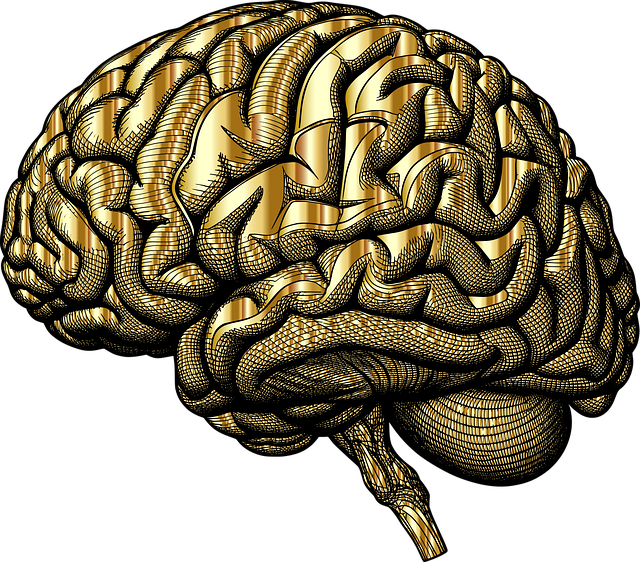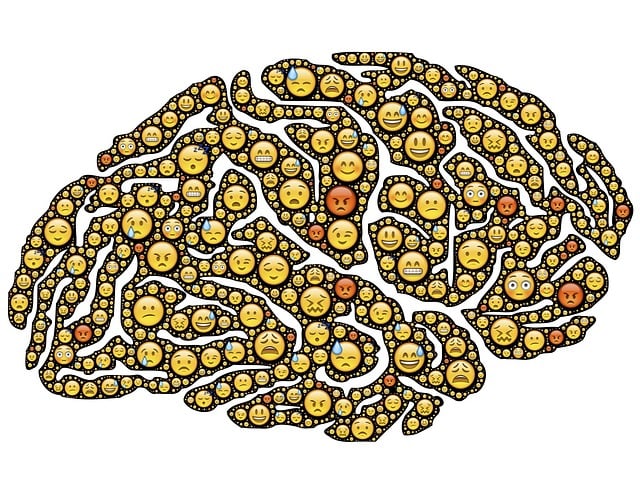Understanding trauma is key to designing effective Mental Health Education Programs, addressing its profound impact on well-being. Implementing evidence-based therapy for trauma, such as CBT and mindfulness, empowers individuals to manage conditions like anxiety, depression, and PTSD through self-esteem improvement and emotional regulation skills. Strategic planning, including needs assessment and gap analysis, is crucial; integrating mental health education into curriculums and policies fosters resilience and proactive mental health management within communities.
Mental health education programs play a pivotal role in fostering resilience and well-being. This article delves into the intricate design of such initiatives, with a specific focus on trauma and its profound impact. We explore the essential components that make up an effective therapy for trauma, offering insights into creating comprehensive mental health educational experiences. From understanding trauma’s roots to implementing sustainable strategies, this guide navigates the key steps toward enhancing mental wellness in diverse settings.
- Understanding Trauma and Its Impact on Mental Health
- Key Components of an Effective Therapy for Trauma Program
- Implementing and Sustaining a Comprehensive Mental Health Education Initiative
Understanding Trauma and Its Impact on Mental Health

Understanding trauma is a cornerstone in designing effective mental health education programs, as it highlights the profound impact that traumatic experiences can have on an individual’s mental well-being. Trauma, be it from abuse, neglect, or critical incidents, disrupts normal brain development and functioning, leading to long-lasting psychological effects. These can manifest as anxiety disorders, depression, post-traumatic stress disorder (PTSD), and other mental health challenges.
Implementing therapy for trauma within these programs is crucial. It equips mental health professionals with the necessary skills to conduct thorough risk assessments, fostering a safe environment that promotes emotional regulation. By integrating knowledge about trauma’s effects into the curriculum of Mental Health Education Programs Design, practitioners can better support those who have experienced trauma, ultimately contributing to their recovery and resilience.
Key Components of an Effective Therapy for Trauma Program

An effective therapy for trauma program must incorporate several key components to ensure comprehensive and lasting healing. First and foremost, a strong foundation of Mind Over Matter Principles should be at the core of the curriculum. These principles empower individuals to take control of their mental health by fostering resilience, self-awareness, and coping strategies that promote emotional well-being. Incorporating evidence-based techniques such as cognitive behavioral therapy (CBT) and mindfulness practices allows for a tailored approach to address specific trauma-related challenges.
Additionally, integrating Mental Health Policy Analysis and Advocacy into the program can provide participants with a broader understanding of their rights and available resources within the community. Encouraging self-reflection and goal setting through activities that enhance Self-Esteem Improvement is another vital aspect. By building confidence and encouraging personal growth, individuals are better equipped to navigate life’s challenges, seek support when needed, and advocate for their mental health in various settings.
Implementing and Sustaining a Comprehensive Mental Health Education Initiative

Implementing a comprehensive mental health education initiative requires strategic planning and sustained commitment. The first step involves assessing the specific needs and gaps in mental health knowledge within the targeted population, whether it’s a school, workplace, or community. This includes identifying prevalent mental health issues, such as anxiety, depression, or trauma, and designing tailored programs to address them. Incorporating evidence-based practices like cognitive-behavioural therapy for trauma (CBT) ensures the effectiveness of the initiative.
Sustaining these programs requires ongoing evaluation and adaptation. Regularly gathering feedback from participants, educators, and stakeholders helps identify areas for improvement. Integrating mental health education into existing curricula or workplace policies fosters a culture of open dialogue and emotional well-being promotion. By consistently emphasizing Mental Health Education Programs Design and Mental Health Awareness, communities can proactively manage mental health issues and enhance overall resilience.
Mental health education programs, particularly those focused on trauma-informed care, are transformative tools. By integrating knowledge from sections like understanding trauma and key components of effective therapy for trauma, initiatives can be designed to foster resilience and healing. Implementing these programs requires a comprehensive approach, as discussed, which includes sustained efforts to reach communities in need. Investing in mental health education is an investment in society’s well-being, ensuring folks have the resources to navigate life’s challenges with greater equanimity.














